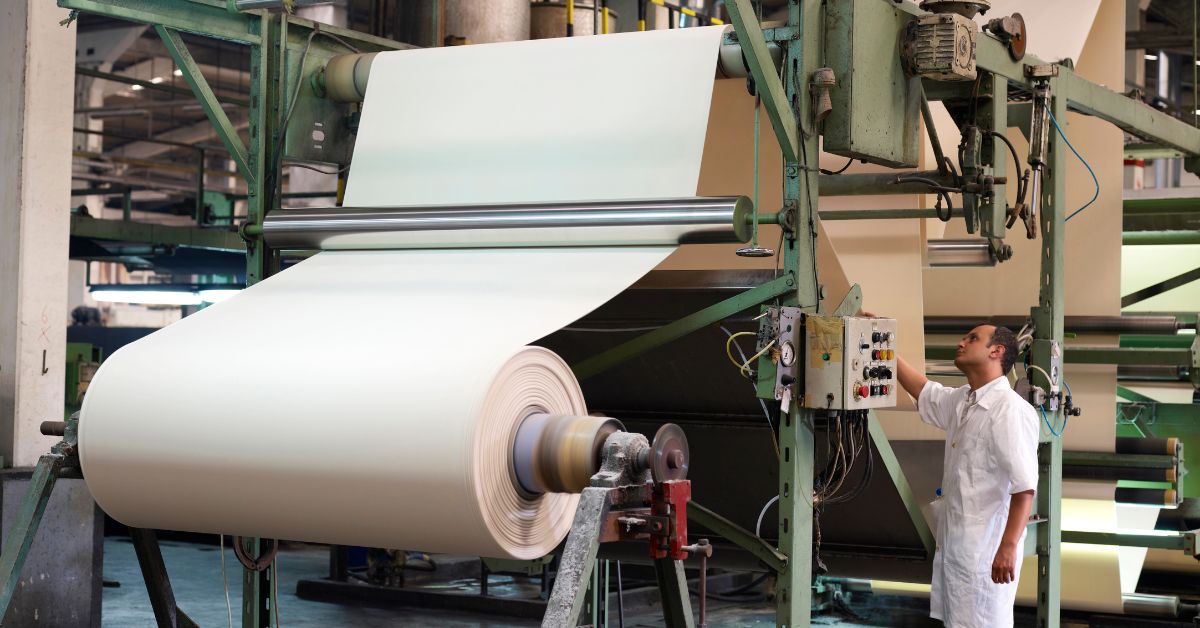Myanmar International Textile and Machinery Fair: Shaping the Future of Myanmar’s Textile Industry
The Myanmar International Textile and Machinery Fair is one of the most anticipated events in the country’s textile sector. This annual trade fair offers a platform for both local and international exhibitors to showcase cutting-edge technologies, machinery, and textile products. As Myanmar’s textile industry continues to expand, the fair plays a critical role in connecting industry professionals, fostering innovation, and accelerating the country’s industrial growth.
The myanmar international textile and machinery fair has become a key event for manufacturers, suppliers, and buyers to network, learn about the latest industry trends, and explore new opportunities for collaboration. In this article, we will explore the significance of this fair, what to expect from the event, and how it contributes to the development of Myanmar’s textile industry.
The Role of the Myanmar International Textile and Machinery Fair in the Country’s Textile Sector
Myanmar’s textile industry has witnessed significant growth over the past decade, driven by the country’s strategic location, low labor costs, and increasing demand for textile products. As a major player in Southeast Asia’s garment manufacturing sector, Myanmar has attracted global textile companies seeking to capitalize on these advantages.
The Myanmar International Textile and Machinery Fair plays a pivotal role in supporting this growth by facilitating trade, encouraging the exchange of knowledge, and fostering innovation in textile manufacturing. Key elements of the fair include:
- Exhibition of Textile Machinery: The fair showcases state-of-the-art textile machinery, offering visitors a first-hand look at the latest innovations in textile production. From weaving to dyeing and printing technologies, the fair helps businesses improve production efficiency and quality.
- Business Networking: The event brings together manufacturers, suppliers, and buyers, creating ample opportunities for networking and forging partnerships. Local businesses benefit from exposure to international markets, while global companies can explore new opportunities in Myanmar’s burgeoning textile industry.
- Knowledge Exchange: The Myanmar International Textile and Machinery Fair serves as a platform for seminars, workshops, and presentations by industry experts. These sessions cover a wide range of topics, from the latest trends in textile manufacturing to sustainability practices, helping businesses stay ahead of the curve.
Key Features of the Myanmar International Textile and Machinery Fair
The Myanmar International Textile and Machinery Fair offers a variety of features that make it a must-attend event for anyone involved in the textile and machinery sectors. Some of the key features of the fair include:
1. Diverse Exhibits and International Participation
One of the main highlights of the Myanmar International Textile and Machinery Fair is its diverse exhibits. The fair brings together hundreds of local and international exhibitors from all corners of the globe. This includes leading manufacturers of textile machinery, textile producers, fabric suppliers, and technology providers. The fair provides an excellent opportunity for businesses to showcase their products to a large audience of industry professionals, prospective customers, and investors.
The international participation in the fair helps create a global marketplace for Myanmar’s textile industry. It fosters the exchange of ideas, knowledge, and technologies, allowing local businesses to stay competitive in the rapidly evolving textile sector.
2. Cutting-Edge Textile Machinery
The myanmar international textile and machinery fair focuses heavily on the latest developments in textile machinery. This includes machinery for weaving, knitting, dyeing, printing, and finishing. Exhibitors present their most innovative products, and attendees have the chance to see demonstrations of the machinery in action.
As Myanmar continues to modernize its textile sector, the fair provides businesses with the tools they need to improve production processes, reduce costs, and boost overall productivity. The fair also offers a platform for discussing emerging technologies, such as automation and digitalization, which are shaping the future of textile manufacturing.
3. Sustainability and Green Technologies
Sustainability is a growing concern in the global textile industry, and the Myanmar International Textile and Machinery Fair addresses this issue by showcasing sustainable practices and green technologies. With increasing pressure on the industry to reduce its environmental impact, the fair highlights innovations in eco-friendly textile production, including energy-efficient machinery, sustainable fabric sourcing, and waste reduction technologies.
Through the fair, Myanmar’s textile businesses are introduced to more sustainable practices that can help them meet global environmental standards. As the industry moves toward greener practices, these technologies will play a significant role in the country’s long-term growth.
4. Educational Seminars and Workshops
The fair isn’t just about showcasing products and machinery; it also offers educational seminars and workshops aimed at enhancing knowledge within the industry. Experts from around the world conduct sessions on a wide range of topics, including textile manufacturing trends, supply chain management, quality control, sustainability, and digital transformation in the textile industry.
These seminars provide an invaluable opportunity for business owners, managers, and professionals to learn about best practices, new technologies, and the latest market trends. By attending these sessions, participants can stay informed and adapt to the evolving landscape of the textile industry.
The Economic Impact of the Myanmar International Textile and Machinery Fair
The Myanmar International Textile and Machinery Fair is not just an important event for the textile sector; it also has a significant impact on the country’s economy. As Myanmar’s textile industry continues to expand, the fair helps stimulate economic growth by:
1. Attracting Foreign Investment
The fair serves as a platform for foreign investors to explore opportunities in Myanmar’s textile industry. With its growing manufacturing base, skilled workforce, and favorable investment climate, Myanmar is an attractive destination for foreign companies looking to invest in the country’s textile sector. The fair creates an environment where foreign investors can meet with local manufacturers and suppliers to discuss potential investments, partnerships, and joint ventures.
2. Creating Jobs and Business Opportunities
By bringing together businesses from around the world, the myanmar international textile and machinery fair helps create new business opportunities and jobs. Local businesses that attend the fair gain access to new markets and customers, which can lead to increased sales and revenue. Furthermore, the fair creates opportunities for skilled labor, as new machinery and technologies require trained workers to operate and maintain them.
3. Boosting the Export Sector
Myanmar’s textile industry is heavily reliant on exports, particularly to markets in Europe, the United States, and other parts of Asia. The Myanmar International Textile and Machinery Fair plays a vital role in strengthening the country’s export sector by attracting international buyers and providing a platform for local companies to showcase their products. The event helps Myanmar businesses expand their reach and increase their export potential.
Future of the Myanmar International Textile and Machinery Fair
The future of the Myanmar International Textile and Machinery Fair looks promising as the country’s textile industry continues to evolve. As Myanmar seeks to modernize its manufacturing processes and improve its competitiveness, the fair will play an increasingly important role in facilitating industry growth and attracting international attention.
Looking ahead, the fair may expand its scope to include more diverse sectors within the textile industry, such as fashion, design, and retail. It may also see greater participation from international companies, further strengthening Myanmar’s position in the global textile market.
The fair’s emphasis on sustainability and innovation is also likely to continue, as businesses look for ways to reduce their environmental impact and adapt to new technologies. With these trends, the Myanmar International Textile and Machinery Fair will remain a crucial event for anyone looking to stay ahead in the textile industry.
Conclusion: The Importance of the Myanmar International Textile and Machinery Fair
The Myanmar International Textile and Machinery Fair is a critical event in the country’s textile sector, offering a platform for innovation, networking, and knowledge sharing. With its focus on cutting-edge technologies, sustainability, and business growth, the fair plays a vital role in shaping the future of Myanmar’s textile industry.As Myanmar continues to expand its textile manufacturing base and attract global attention, the Myanmar International Textile and Machinery Fair will remain an essential event for anyone involved in the textile and machinery sectors. Through this fair, Myanmar’s textile industry can continue to innovate, grow, and establish itself as a key player in the global textile market.




